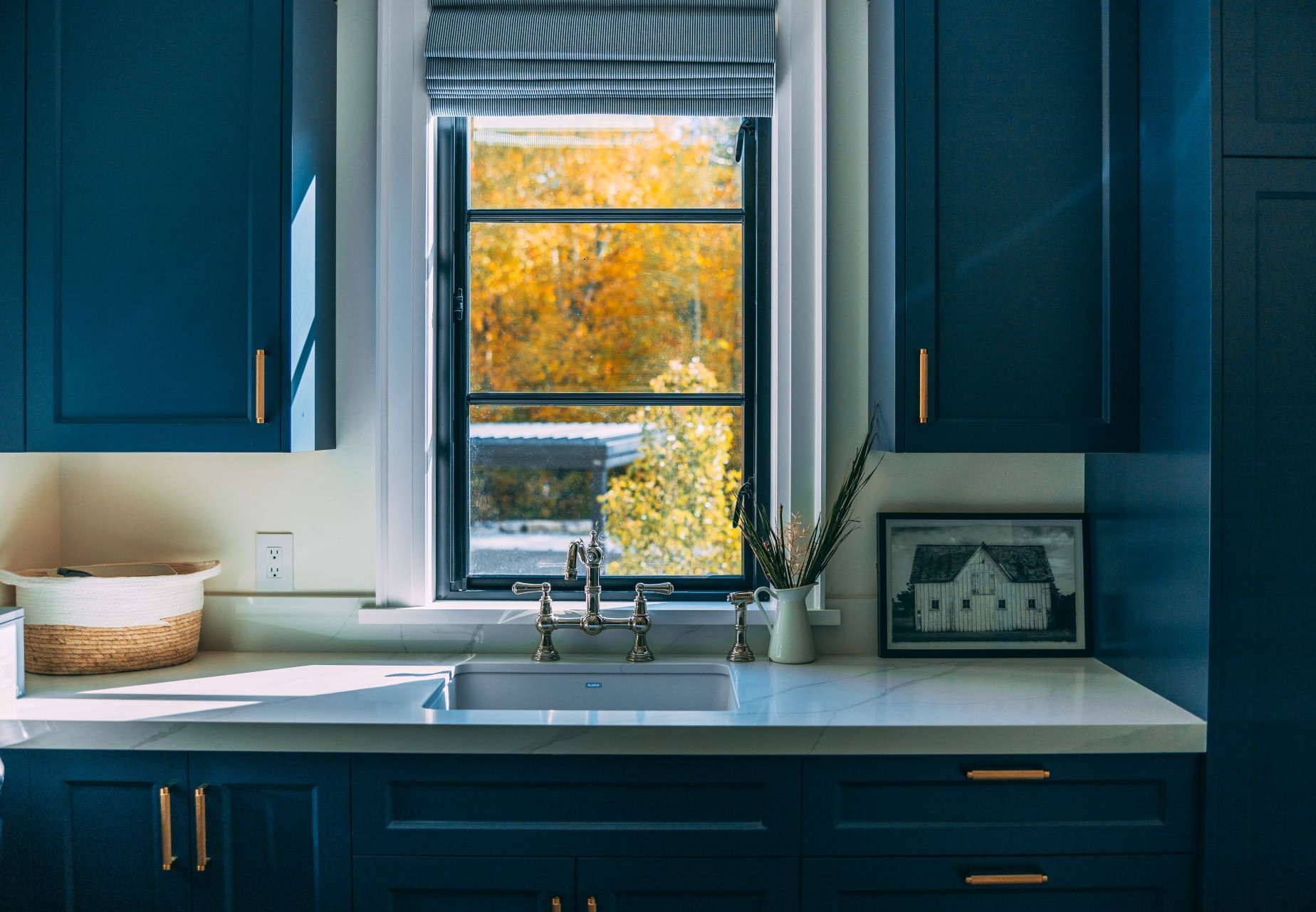
Window Replacement & Repair
Drafty Windows: Causes and Solutions
It’s a chilly evening, and you’re sitting by the window with a warm cup of tea. Suddenly, a cold breeze brushes against your arm. You pull your sweater tighter, wondering why your home feels drafty despite the heat running full blast.
If this sounds familiar, you’re definitely not alone (especially if you live in Canada!). Drafty windows are more common than you think! They can make your home uncomfortable, increase your energy costs, and even lead to long-term damage if ignored.
If you want to discover why windows become drafty, how to identify the leaks, and effective solutions to stop drafty windows, read on!
Key Takeaways
- Drafts often result from worn seals, single-pane or older windows, cracked or shifting frames, failing weatherstripping or caulk, poor installation, and structural shifts in the home. Moisture and condensation can also hide damage that allows air to escape unnoticed.
- You can use simple tests like the hand test, candle or incense test, dollar bill test, or even professional energy audits; all of these can reveal where air is leaking. Other methods include observing curtain movement, listening for whistling sounds, and checking temperature differences.
- Drafts can be addressed with temporary fixes like draft snakes, foam tape, thermal curtains, rope caulk, and shrink film. Long-term solutions include replacing weatherstripping and caulk, reglazing, installing storm windows, upgrading to insulated glass units, or even full window replacement.
Why Are Your Windows Drafty?
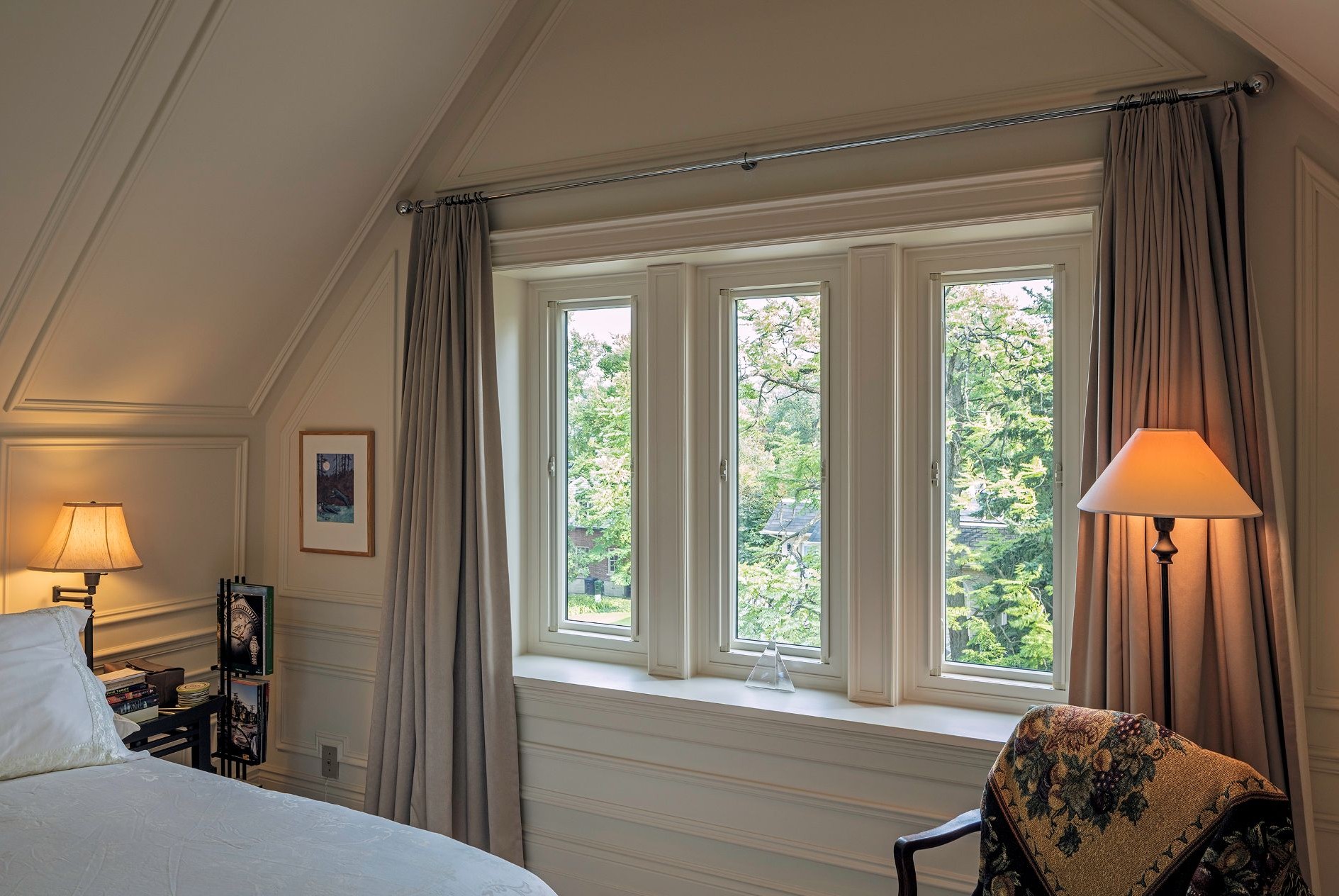
Drafty windows let outside air seep indoors. At the same time, they let your heated or cooled air escape. As a result, your home feels less comfortable. And, naturally, your heating and cooling costs increase significantly because your HVAC system has to work harder.
In short, drafty windows waste energy and create uneven temperatures throughout your rooms. But why exactly do windows become drafty? Let's find out!
1. Worn or Damaged Seals
Every window has seals around the edges. Over time, these seals wear out. And when they do, tiny gaps appear. Air then moves freely in and out. This is one of the most common causes of drafts around windows.
2. Cracked or Shifting Frames
Wood frames expand and contract with changes in temperature and humidity. Over time, this movement weakens the fit. As a result, cracks and small openings form.
Metal or vinyl frames can shift, too, especially if they were not installed properly. All of these issues let drafts sneak in.
3. Window Type
Crank windows are prone to multiple structural issues that can let air in. For example, the sash sag issue, which makes it impossible for you to close the window tightly, is incredibly common in casement windows.
4. Failing Caulk and Weatherstripping
Caulk seals the edges of the frame to the wall. On the other hand, weatherstripping fills the small gaps where the sash meets the frame. Both materials degrade with age. They may dry out, peel, or break apart. Once they fail, air flows straight through the openings.
However, if this is the issue causing drafts around your windows, you can easily solve it by replacing the caulking or weatherstripping.
5. Improper Installation
Even a new window can feel drafty if it's installed incorrectly. Gaps may remain between the frame and the wall. Or the window may not sit level in its opening. In short, poor installation leaves weak spots that allow air to leak through, and, unfortunately, it usually warrants a new installation (check your window warranty in this case).
6. Structural Shifts in the House
Homes settle as the years go by. Foundations shift, walls move slightly, and frames twist out of square. When that happens, windows no longer fit snugly. And because of the uneven pressure, new gaps appear.
7. Old or Single-Pane Glass
Older windows often have only one pane of glass. Unfortunately, single-pane windows provide very little insulation, and cold air easily radiates through them. And in summer, heat comes in just as fast. Compared to double- or triple-pane glass, they are far less efficient.
It's worth mentioning that double-pane windows can also let air in, especially if you notice condensation between panes. This is an indicator that the window's energy efficiency and insulating capabilities are slowly decreasing.
8. Condensation and Hidden Damage
Sometimes drafts are linked to moisture. Condensation can form inside the frame or along the glass. This moisture leads to rot or rust. And once the structure weakens, air can slip through places you cannot see at first.
How to Identify Drafts Around Windows
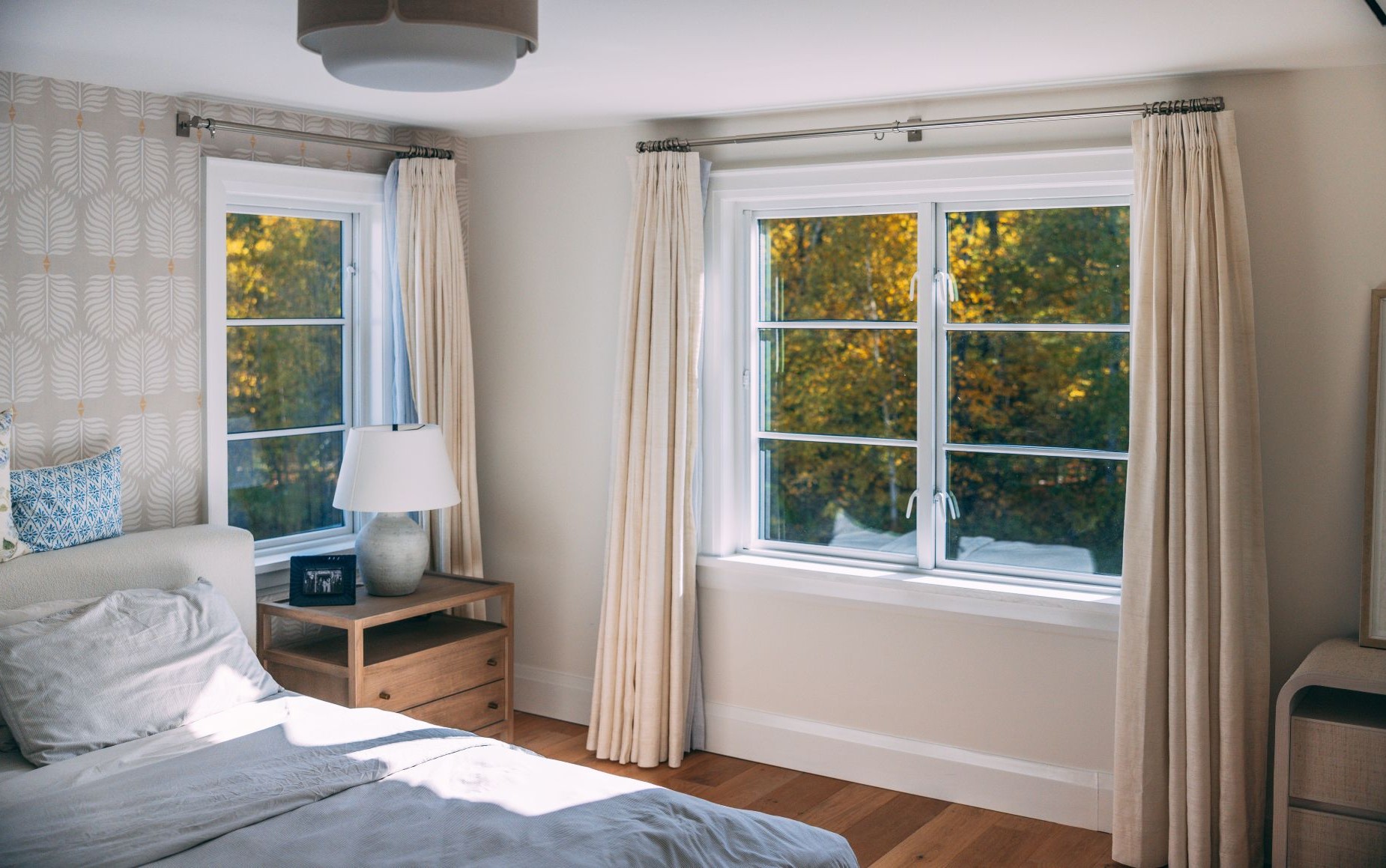
If you want to fix your drafty windows and doors (we'll explore in the following sections if it's indeed possible to do this without replacing them), the first step is identifying the drafts. It's pretty simple: you can use your senses, simple items from around the house, or low-cost instruments.
As such, here are the most effective ways to identify drafty windows.
1. The Hand Test
Start with the simplest method, the hand test:
- On a windy day, place your hand around the edges of the window frame.
- Move slowly along the seams and corners.
- If you feel cool or moving air, that’s a draft. And if the air feels stronger when the wind gusts, the gap is probably larger.
- Inspect the area thoroughly for gaps and cracks.
2. The Candle or Incense Test
A small flame or smoke trail can reveal moving air, so:
- Light a candle or an incense stick.
- Hold it close to the edges of your window.
- Watch carefully. If the flame flickers or the smoke shifts, outside air is sneaking in.
- Be cautious, though. Keep the flame away from curtains, blinds, or anything flammable.
3. The Flashlight Test
This method works best at night. Here's how to do it:
- Have one person shine a flashlight from outside the window.
- Then, another person should look from the inside.
- If you see beams of light coming through the frame or seals, you’ve found a leak. Light follows the same gaps that air travels through.
4. The Dollar Bill Test
This trick shows how tightly your window closes. Here's what you should do:
- Open the window slightly.
- Place a dollar bill in the gap.
- Shut the window on it.
- Try to pull the bill out.
- If it slides out easily, your window isn’t sealing tightly. And if you can pull it out without resistance in several spots, drafts are likely there, too.
5. Listening for Whistling or Rattling
Sometimes your ears help just as much as your hands. On a windy day, just stand close to your window. Listen for faint whistling sounds or rattling glass. These noises often mean that air is passing through small gaps.
6. Checking for Visible Gaps and Observing the Curtains
Look closely at the window during daylight. Do you see small cracks where the frame meets the wall? Or spaces where caulk has pulled away? Even hairline openings can let in surprising amounts of air.
Moreover, you can also watch your curtains or blinds on a windy day. If they move or sway when the window is closed, air is passing through.
7. Looking for Temperature Changes
Use your sense of touch to feel the difference. On cold days, run your hand along the glass and frame. If one part feels much colder than the rest, it could mark the spot of a draft. For more accuracy, try an inexpensive infrared thermometer. It shows temperature differences across the surface.
8. Professional Energy Audit
Finally, consider a professional check. Energy auditors use tools like blower doors and thermal cameras. These tools detect air leaks with precision. While it costs more, it gives you a complete picture of where drafts are coming from and helps you save money in the long run.
How Do You Fix Drafty Windows? 14 Best Methods
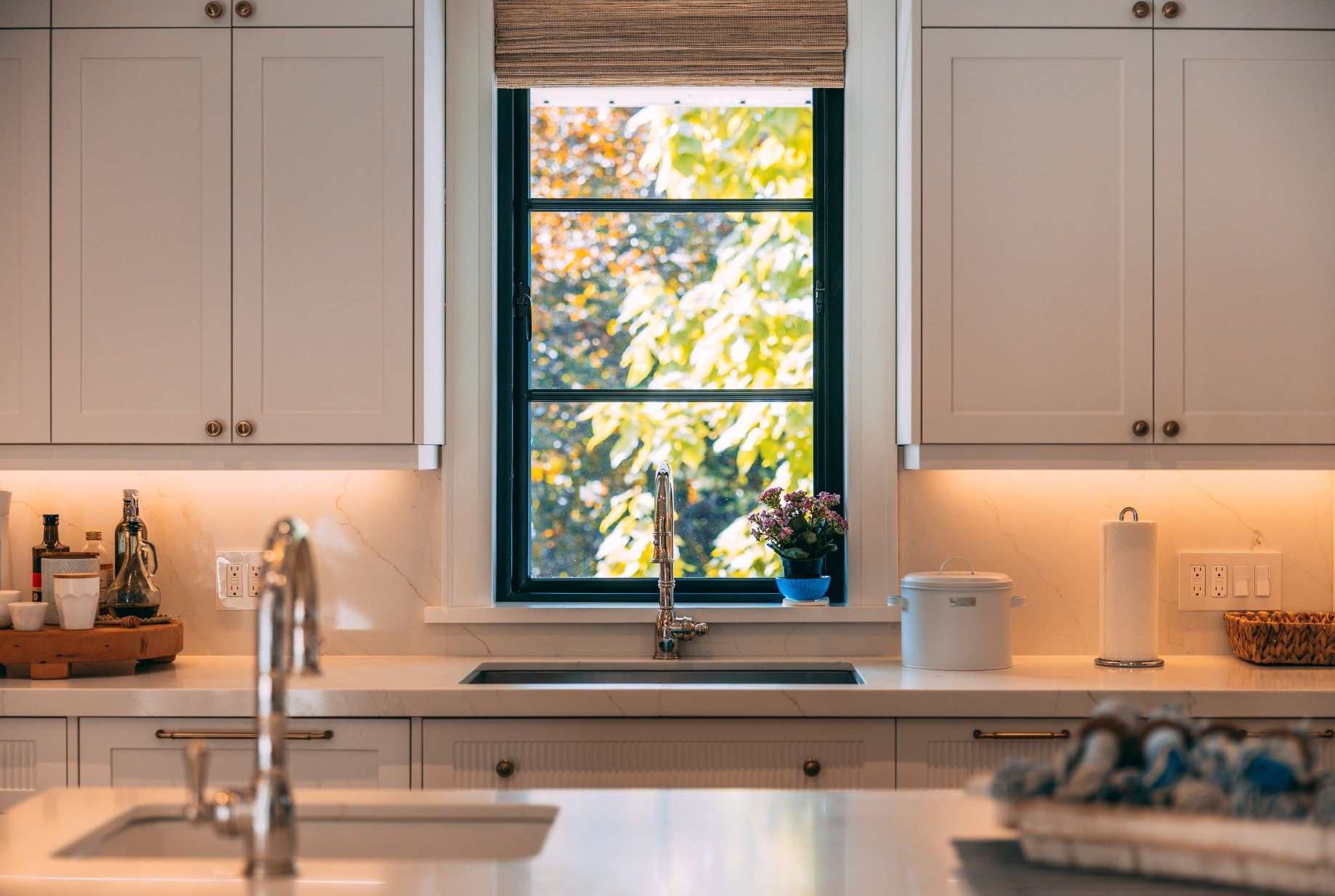
Drafts allow air to slip in and out, which forces your heating and cooling systems to work harder and increases energy bills. In other words, it's definitely not worth it to ignore this issue.
Fortunately, there are both temporary fixes (if you're renting the place, for example) and long-term solutions that improve efficiency permanently.
1. Install Draft Snakes and Fabric Blockers
One of the simplest ways to stop drafts is to use a draft snake or a rolled-up towel at the base of the window.
There's one thing to consider, though. While inexpensive and easy to implement, they only block airflow at the point where they are placed. So if there are gaps around the window frame, this method won't work.
2. Use Adhesive Foam Tape
Adhesive foam tape is a temporary weatherstripping solution that fills small gaps along the window sash or frame.
To use it, clean the surface thoroughly, cut the tape to the correct length, and press it into place. Foam tape compresses to create a seal that reduces drafts.
Keep in mind that while it is effective and inexpensive, it tends to wear out over time, so you'll have to replace it.
3. Use Rope Caulk and Removable Sealants
Rope caulk is a pliable material that can be pressed into irregular gaps along the window frame. It molds to uneven surfaces, providing a temporary seal.
The main advantage of rope caulk is that it is removable and non-permanent, so it's perfect for seasonal use or rented properties. However, it can dry and crumble over time, so it's not a long-term solution.
4. Apply Window Shrink Film
You can apply insulating film directly to the interior of your window to create an insulating air layer and protect your home from outside temperatures. The film is held in place with double-sided tape and is tightened with a hair dryer.
Nonetheless, while effective, it is only a seasonal solution and must be removed or replaced after use.
5. Install Thermal Curtains or Blinds

Thermal curtains and insulated blinds are an effective way to reduce drafts and improve energy efficiency without altering the window itself.
These treatments work by creating an additional barrier between your indoor space and the cold or hot air outside. Heavy, lined curtains trap warm air near the glass in winter and block heat in summer.
Similarly, insulated cellular or honeycomb blinds use pockets of air to provide extra insulation, reducing the amount of cold air that enters through gaps.
6. Tighten Window Hardware
Sometimes drafts are caused by loose or misaligned hardware rather than gaps in the frame itself. So, make sure to inspect locks, hinges, and screws, then tighten or replace any components that are worn or loose. A properly aligned sash will close more securely, improving the seal and reducing air leakage.
This solution is low-cost, easy, and effective for many older windows. But if it doesn't work, try other methods listed in this article.
7. Replace Worn Weatherstripping
Weatherstripping wears over time, so it needs to be replaced (usually every 2-5 years). There are several types of weatherstripping available, so make sure to choose the one that suits your window material/location/level of use.
It's important to remove the old strip and clean the windows thoroughly before installing the new weatherstripping.
8. Re-Caulk Around the Frame
If you notice small gaps between the window frame and the wall (or if the old caulk shows signs of wear and tear), you can apply a new caulking bead. Don't forget that caulking can be applied only on non-movable window parts! Otherwise, you risk sealing your window shut.
As with weatherstripping, it's essential to remove the old caulk and clean the area before applying a new caulk bead.
9. Use Low-Expansion Spray Foam
If you notice larger gaps between the window frame and the wall, use low-expansion spray foam instead of caulking. However, take great care during application, because too much foam can warp the frame.
The spray foam is semi-permanent and can be trimmed for a clean finish if needed. You can use rubbing alcohol to remove stubborn dirt and leave the area sparkling clean.
10. Reglaze or Replace Glazing Putty
Older wood windows often rely on glazing putty to hold the glass in place. If the putty has cracked or crumbled, drafts can enter through the gaps.
If you remove the old putty and apply fresh glazing compound, you will restore the seal.
11. Replace Insulated Glass Units (IGUs)
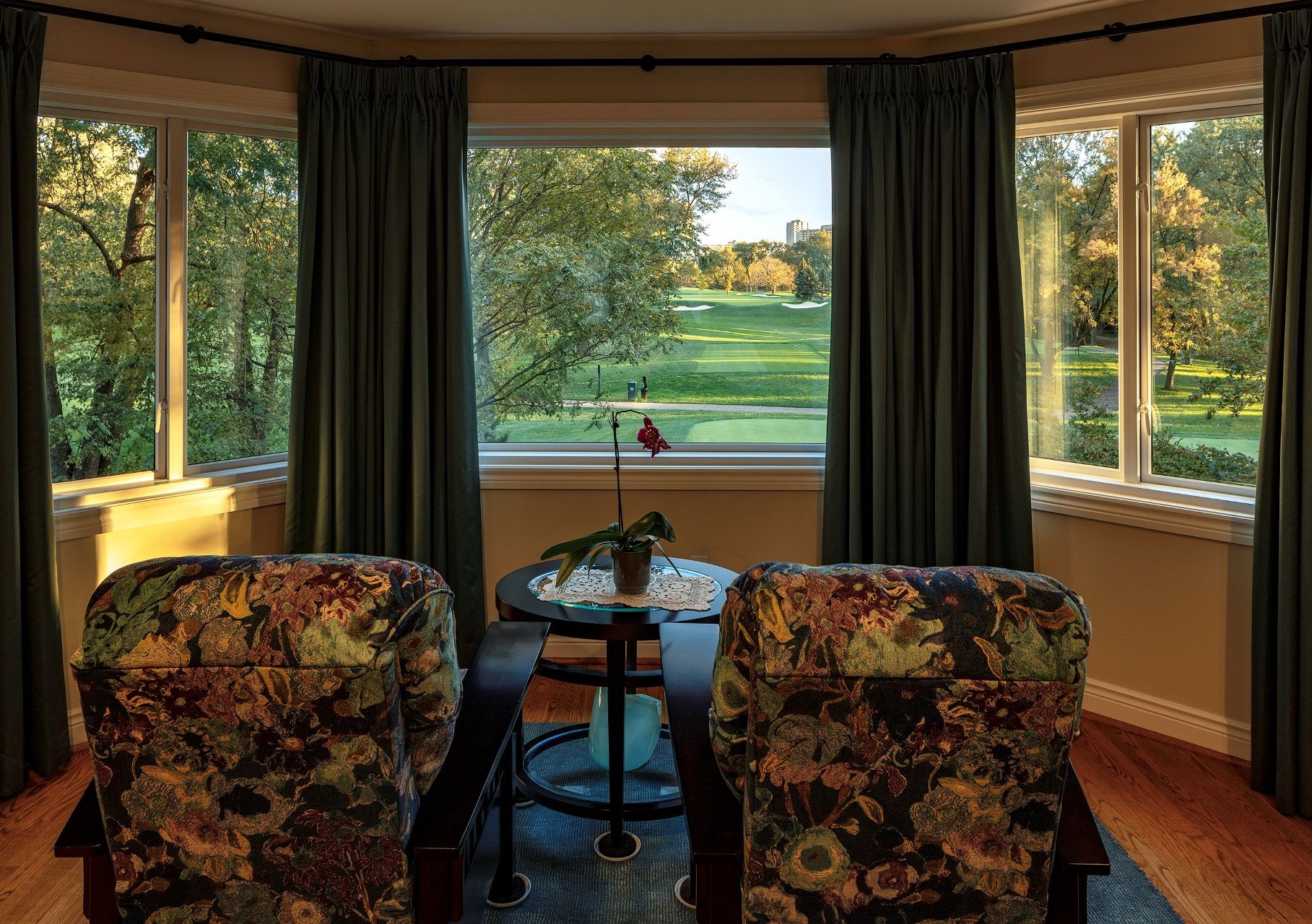
If condensation forms between panes of double- or triple-pane windows, the seal has likely failed, and you'll soon start noticing drafts around them.
If it's financially possible, the best solution is to replace the entire IGU. However, the sash and frame of the existing window must still be in good condition for this to be an option. Otherwise, you'll have to replace the entire window unit.
12. Install Storm Windows
Storm windows, either interior or exterior, add an extra barrier against drafts. Exterior storm windows block wind before it reaches the primary window, while interior panels provide insulation and noise reduction.
Storm windows can be particularly useful for older homes, as they preserve the original windows while improving energy efficiency by providing an extra layer of insulation. However, they are certainly not a long-term solution; your windows will still have to be replaced.
13. Consider Full Window Replacement
Replacing the entire window is the most permanent solution. Modern double- or triple-pane windows with low-emissivity coatings and gas-filled panes provide superior insulation and are built to last. Plus, full-frame replacement ensures the window is properly fitted, sealed, and flashed to prevent drafts.
While this option is the most expensive, it provides the greatest long-term energy savings and comfort improvement. This home upgrade also significantly increases property value.
14. Make Structural Adjustments
If the house has settled, windows may no longer sit squarely in their openings, even if they don't have any issues. In this case, you can rely on various structural adjustment solutions to restore proper alignment. It's recommended to seek professional help if this is the best solution for your drafty windows.
Magic: The Best Solution for Your Drafty Windows
If you think replacing your windows is the best option for your specific issue (whether your windows are single-pane, old, or poorly installed), consider installing Magic windows, which come with a 40-year warranty (yes, that's how much we believe in our products!). In the following sections, you'll discover some reasons why homeowners are happy with our windows.
1. Superior Energy Efficiency

Magic windows are designed to significantly reduce energy loss, which is why all our products are ENERGY-STAR certified. Among the features that contribute to this are:
- Our Hybrid Fusion Frame, which combines vinyl, aluminum, and galvanized steel, creating a stronger, thinner, and more stylish window that maintains its shape and provides superior insulation.
- Our best-performing warm-edge spacers and a larger gap between window panes (that leaves space for more insulating gas).
- Our team of professional installers, who know how to seal windows properly and reduce the risk of drafty or leaky windows.
2. Exceptional Durability
Traditional vinyl windows can warp or expand with temperature changes. On the other hand, Magic's revolutionary Hybrid Fusion Frame is incredibly strong, which means our windows can maintain their shape and tight seals for decades. This stability ensures long-term performance and comfort, making them a reliable investment for homeowners.
3. Impressive Lifespan
Magic windows are built to last. On average, windows last between 15 and 30 years, but Magic's innovative technologies can extend this to 40 years or more. This longevity means fewer replacements and consistent performance over decades, not to mention the property value increase.
One of the reasons we were able to achieve this can be linked to our brand's history. As a family-owned and 100% Canadian company since 1979, Magic understands the unique challenges posed by Canada's climate. Because of this, all our products are tailored to meet these demands, ensuring optimal performance in diverse weather conditions.
4. Slide'N'Hide Technology
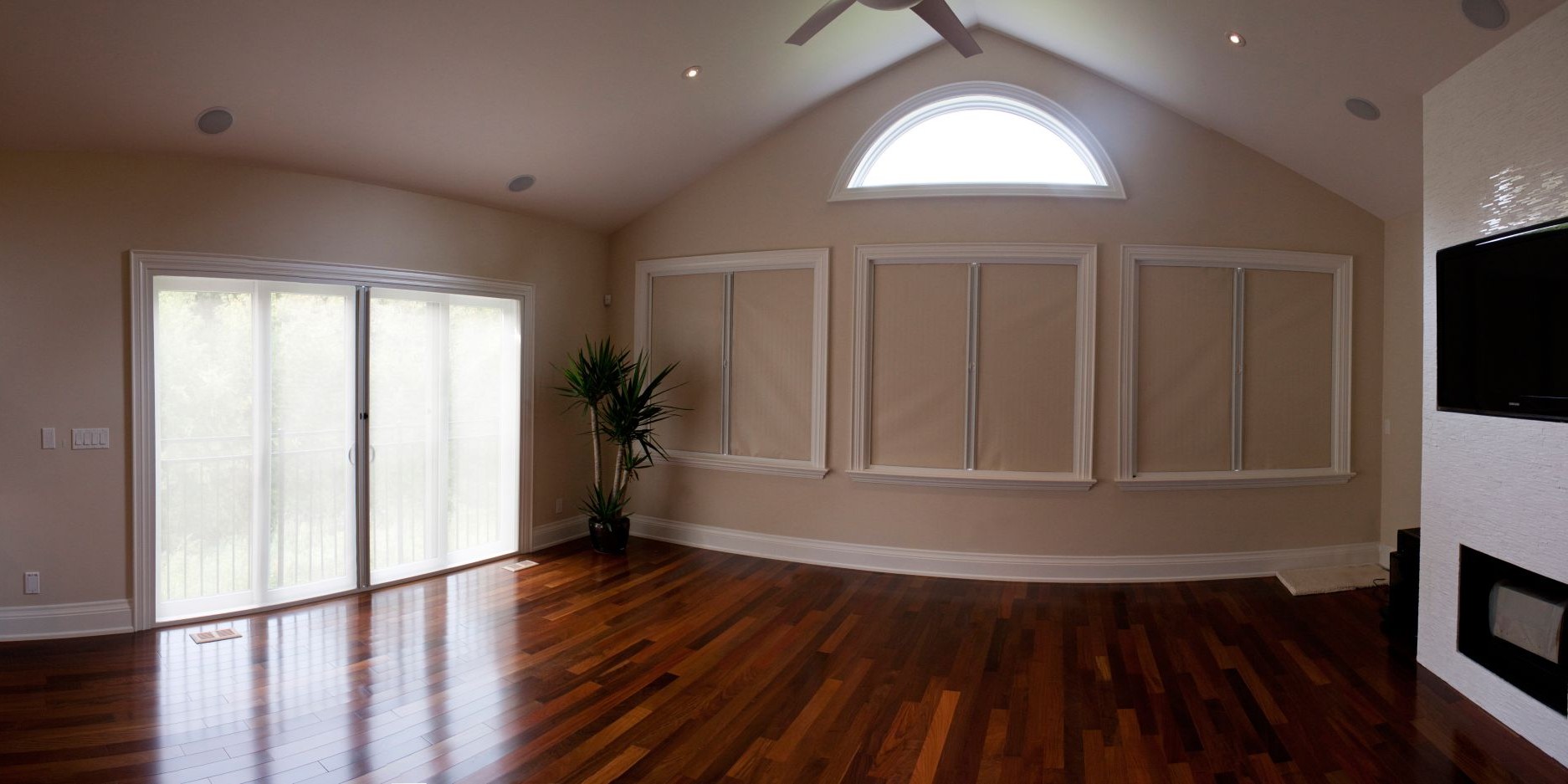
You can choose to install Magic windows equipped with our fully retractable solar shades and thermal blinds.
The solar shades are excellent for hot summer days, when you still need natural light but want to reduce heat transfer. They are made from a semi-transparent material that filters light beautifully and blocks UV rays.
On the other hand, our thermal blinds are the ultimate solution for energy efficiency and privacy control. They're made from an opaque material that blocks light and drafts completely. In fact, Magic's thermal blinds can significantly increase a window's energy efficiency (the U-factor of some Magic windows equipped with thermal blinds is as low as 0.17!)
Curious to learn more about our revolutionary features? Give Magic a call!
Frequently Asked Questions
How do I stop cold air from coming through my windows?
You can stop cold air from coming through your windows by sealing gaps with weatherstripping, caulk, or low-expansion spray foam, and using draft snakes or insulated curtains to reduce airflow. You can also add storm windows or apply shrink film for an extra barrier.
How to fix drafty windows without replacing them?
To fix drafty windows without replacing them, try to identify the gaps with simple tests like the hand, candle, or dollar bill methods, then seal gaps with weatherstripping, caulk, or rope caulk. For added insulation, install thermal curtains, cellular blinds, or interior storm panels to improve energy efficiency without removing the existing windows.
What are the most common causes of drafty windows?
Among the most common causes of drafty windows are the age of the windows, air leaks around the frames, damaged glazing, and worn caulking or weatherstripping. It's important to address these issues to keep your home comfortable and energy-efficient.
How can I quickly fix a drafty window?
You can quickly fix a drafty window by using draft stoppers, applying clear nail polish to seal small cracks, or installing shrink film for an airtight seal. These simple solutions can make a big difference!
What are some long-term solutions for stopping window drafts?
To effectively stop window drafts long-term, consider applying weatherstripping, caulking the window frames, and reglazing the panes. These fixes will help keep your space cozy and energy-efficient!